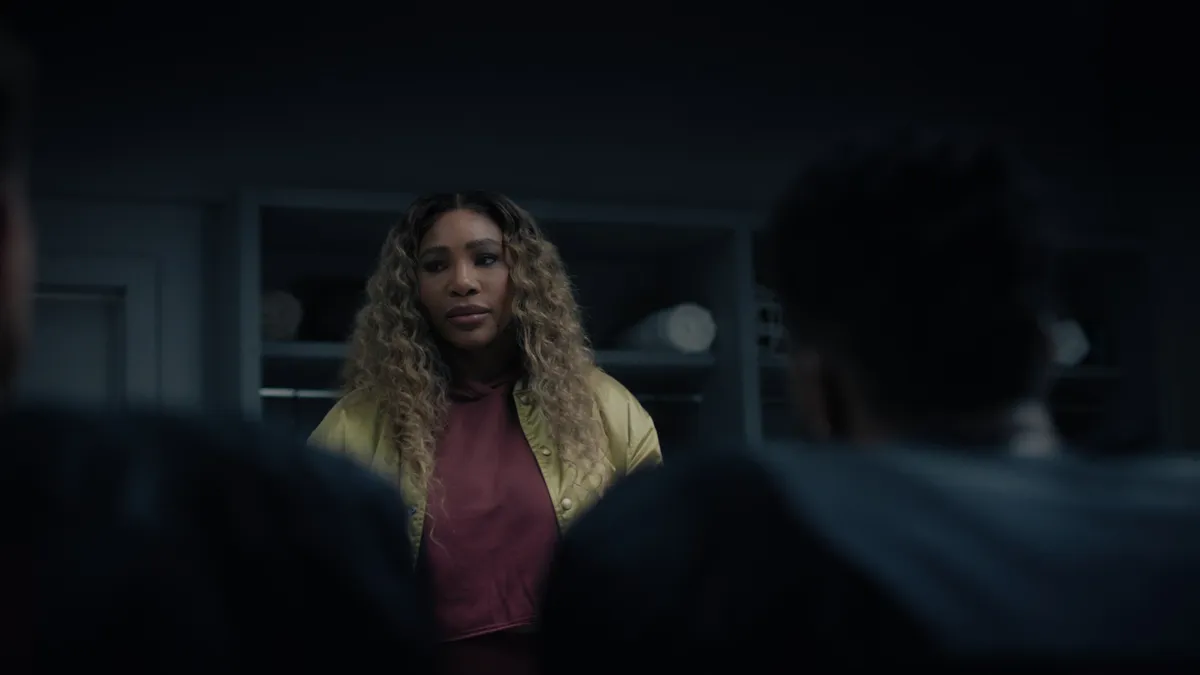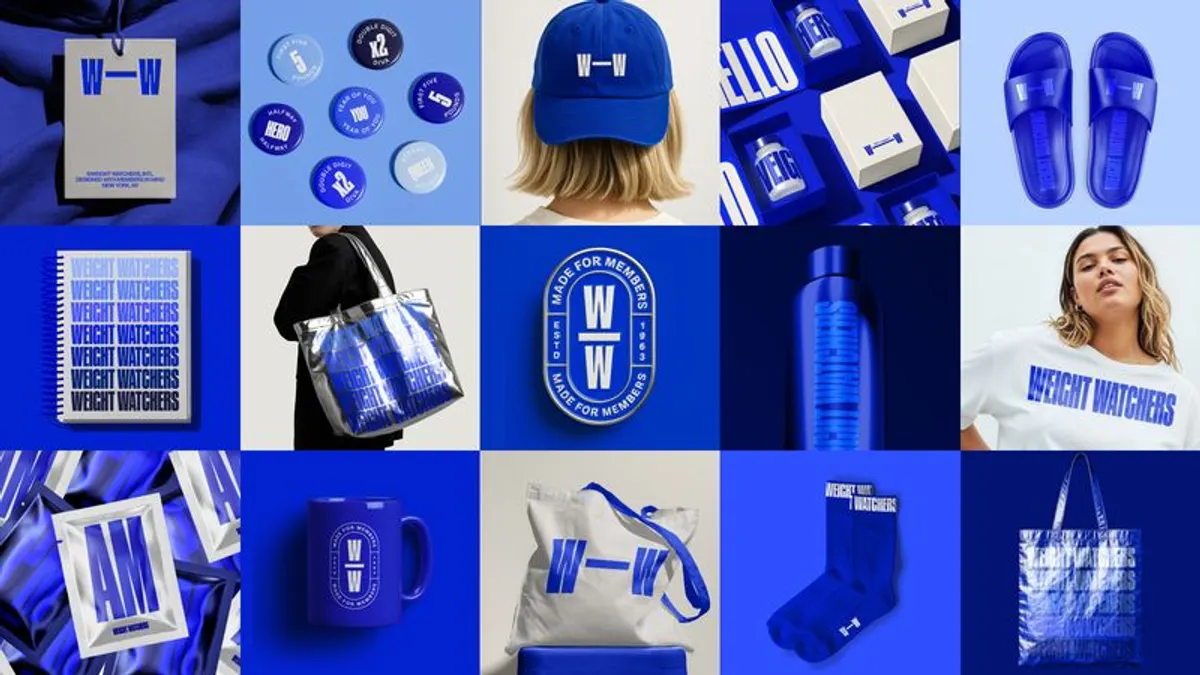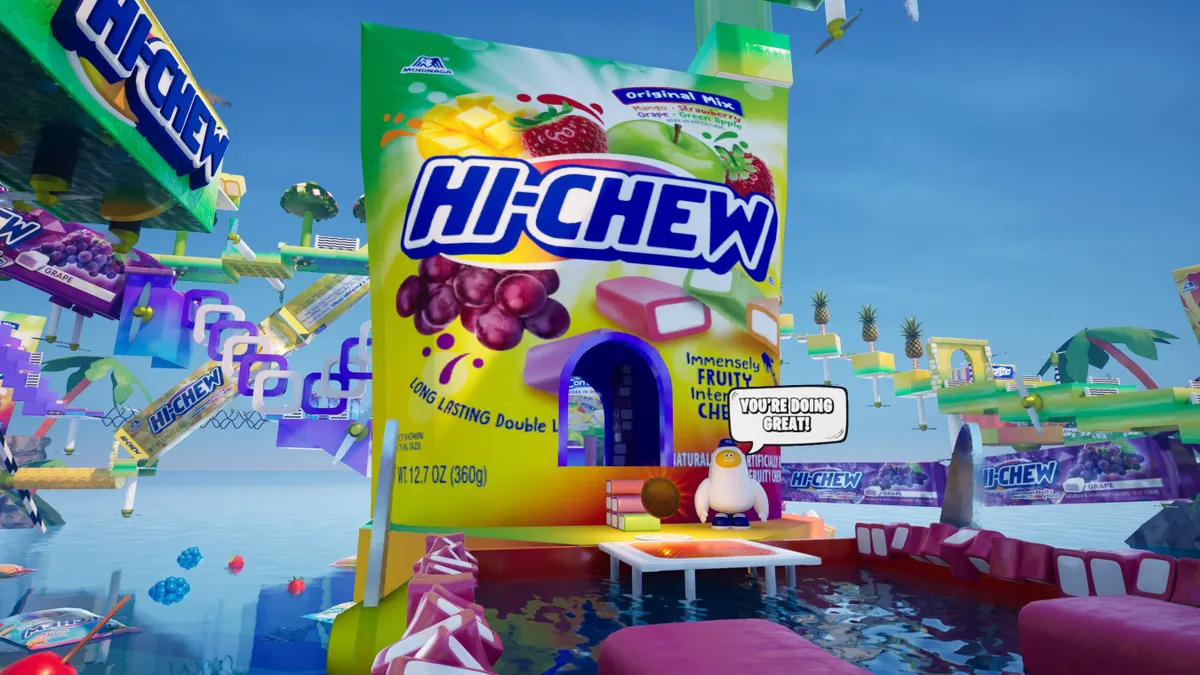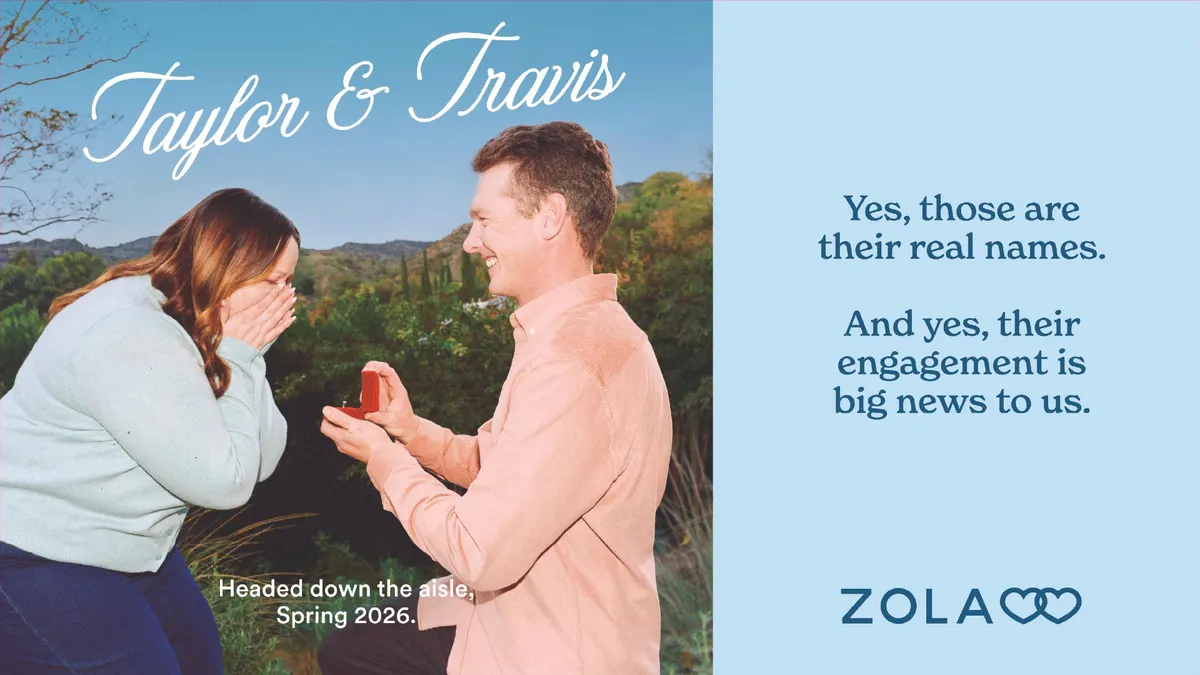The first game following Anheuser-Busch InBev calling it quits on its 33-year alcohol advertising monopoly, Super Bowl LVII represents a milestone moment for the alcohol brands who could make an in-game appearance. For many, the spotlight also ushered in the challenge of living up to the hype.
Despite the pressure, the opportunity proved too big to pass up, even with a $7 million price tag for a 30-second commercial in this year’s game. Alcohol buy-ins came from new faces including Crown Royal, Rémy Martin and longtime absentee Molson Coors, among others, and spanned multiple sectors including beer, canned cocktails and spirits like cognac and whiskey. Heineken dedicated its spot to its non-alcoholic beverage offering.
And while its exclusivity was nixed, AB InBev also showed up, purchasing 3 minutes of national airtime to highlight brands Busch Light, Bud Light and Michelob Ultra. Although the brand had to share the spotlight — the game was viewed by 37 million households — competition from other alcohol advertisers didn’t change its plans much, according to Ricardo Marques, vice president of marketing for Michelob Ultra.
“The Super Bowl is the biggest stage in the nation. You have every single brand trying to put their best foot forward. That has been the case since the very inception of the game itself. So our approach continues to be the same,” Marques told Marketing Dive.
New game, same playbook
Throughout the broadcast, many advertisers struggled to live up to the hype, instead opting for star-studded commercials that played it safe but struggled to tell a story. The theme was mirrored among alcohol brands. For example, Remy Martin’s first ever big game spot, titled “Inch by Inch,” starred tennis legend Serena Williams, but its reference to movie “Any Given Sunday” largely overshadowed its product, leaving some confused as to who the commercial was for.
The 60-second cognac ad also seemed to play too heavily off competitors’ strategies, according to Evan Scott Schwartz, partner and head of content at Kingsland.
“[It] felt like it was ripping off the same ‘winner’s win’ type messaging that Hennessy and Modelo already do with athletes,” said Schwartz.
It’s worth noting that Williams also starred in Michelob Ultra’s efforts, which played off of classic comedy “Caddyshack” across two golf-focused ads, one that also had a tie-up with Netflix. The push saw a slew of other celebrities make cameos, including Tony Romo, Alex Morgan, Canelo Alvarez and Nneka Ogwumike. While the effort may seem to have a narrow focus, its multiple layers offered more widespread appeal, Michelob’s Marques said.
“One of the interesting insights we found was that this is a spot that has broad appeal. Beyond people who don't watch golf, don't play golf,” he said.
Storytelling on tap
In the chase for differentiation, some alcohol brands leaned heavily into storytelling. In particular, Molson Coors quite literally relied on storytelling for its effort in a first-of-its-kind partnership with DraftKings that challenged viewers to bet on the details of the big game ad for the chance to win a share of a $500,000 prize pool. The effort was meant to build hype for its two most successful brands, Coors Light and Miller Lite, but ultimately ended with a cameo for its brand Blue Moon.
“It was an innovative way to nod at the end of the exclusivity deal, breaking the fourth wall with the audience and poking fun at the absurdity of it all — watching a game for the ads, exclusivity deals, advertising competing products under one portfolio,” said Layla Soboh of creative and media agency 22Squared in an email to Marketing Dive.
In a less flashy display, Crown Royal enlisted Foo Fighters lead singer Dave Grohl for a 60-second ad that shows the star thanking Canada for being home to a slew of celebrities and inventions, including the whiskey brand. Similarly, AB InBev’s Bud Light enlisted actor Miles Teller and his wife, Keleigh, for a 60-second spot that riffs off its new brand tagline, “Easy to Drink, Easy to Enjoy.” The commercial, titled “Hold,” sees the couple finding joy while listening to tedious hold music over the phone.
“…Every other alcohol ad was high-concept and loud, whereas this took a different approach, and nailed on a very relatable experience as a platform for a very simple message: Easy to Drink,” said Kingsland’s Schwartz.
Despite the mixed reception of the ads themselves, the night reflected a watershed moment in Super Bowl advertising. The alcohol floodgates are open, and as other “vice” industries like gambling become more mainstream, alcohol is primed to follow.
“I think it reflects the deregulation of our society as a whole,” said David Sloan, creative director of McKinney in an interview with Marketing Dive. “Those things are becoming more mainstream — gambling is becoming legal in more places, weed and CBD are being deregulated in a lot of ways and I think that this is just a reflection of what's happening in society as a whole.”
Correction: This article has been updated with the correct spelling for the last name of 22Squared's Layla Soboh.






















